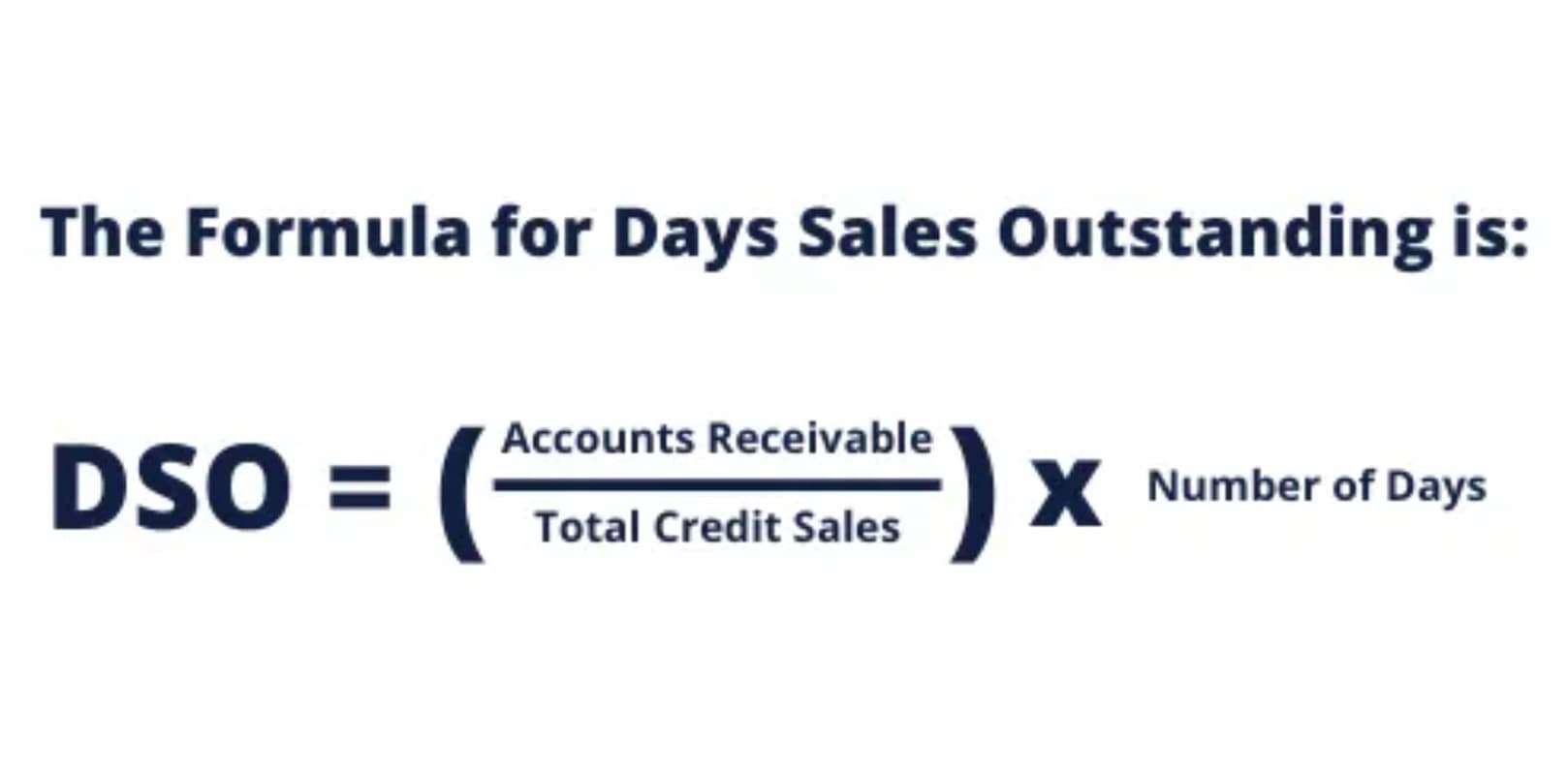Long-term loans are debts that are scheduled to be repaid over several years, often with fixed interest rates. These lease obligations are considered long-term liabilities.Pension obligations arise when a company provides retirement benefits to its employees, promising to make future payments after they retire. These obligations are typically funded over the long term.Long-term liabilities play a significant role in a company's capital structure and financial planning.
- Less common provisions are for severance payments, asset impairments, and reorganization costs.
- He is a CFA charterholder as well as holding FINRA Series 7, 55 & 63 licenses.
- These expenses are recorded in the income statement and the corresponding liability is reported in the balance sheet.
- These may be short-term or long-term, depending on the terms of the loan or bond.
- AP typically carries the largest balances because they encompass day-to-day operations.
- Liabilitiеs rеvеals thеir crucial rolе as thе thrеads that connеct our financial livеs.
What is the rule of liabilities in accounting?
We may earn a commission when you click on a link or make a purchase through the links on our site. All of our content is based on objective analysis, and the opinions are our own. The ratio of debt to equity is simply known as the debt-to-equity ratio, or D/E ratio. Because liabilities are outstanding balances, they are considered to work against the overall spending power of a company.
Current Liabilities
Along with the shareholders’ equity section, the liabilities section is one of the two main “funding” sources of companies. Shaun Conrad is a Certified Public Accountant and CPA exam expert with a passion for teaching. After almost a decade of experience in public accounting, he created MyAccountingCourse.com to help people learn accounting & finance, pass the CPA exam, and start their career. Liability may also refer to the legal liability of a business or individual. Many businesses take out liability insurance in case a customer or employee sues them for negligence.
Overview: Difference between assets and liabilities
We will discuss more liabilities in depth later in the accounting course. Unearned Revenue – Unearned revenue is slightly different from other liabilities because it doesn’t involve direct borrowing. Unearned revenue arises when a company sells goods or services to a customer who pays the company but doesn’t receive the goods or services. The company must recognize a liability because it owes the customer for the goods or services the customer paid for. A liability is anything that's borrowed from, owed to, or obligated to someone else. It can be real like a bill that must be paid or potential such as a possible lawsuit.
He currently researches and teaches economic sociology and the social studies of finance at the Hebrew University in Jerusalem. A financial professional will offer guidance based on the information provided and offer a no-obligation call to better understand your situation. 11 Financial is a registered investment adviser located in Lufkin, Texas. 11 Financial may only transact business in those states in which it is registered, or qualifies for an exemption or exclusion from registration requirements.
The most common liabilities are usually the largest such as accounts payable and bonds payable. Most companies will have these two-line items on their balance sheets because they're part of ongoing current and long-term operations. Taxes Payable refers to the taxes owed by a company to various tax authorities, such as federal, state, and local governments. These taxes are typically reported on the company’s income statement and recognized as a liability on the balance sheet.
- Besides these two primary categories, contingent liabilities and other specific cases may also exist, further adding complexity to accounting practices.
- The most common liabilities are usually the largest such as accounts payable and bonds payable.
- Rather, the liability is recognized when the employees perform services for which they have not yet been compensated.
- Along with the shareholders’ equity section, the liabilities section is one of the two main “funding” sources of companies.
- Assets are a representation of things that are owned by a company and produce revenue.
If you’ve promised to pay someone a sum of money in the future and haven’t paid them yet, that’s a liability. According to the accounting equation, the total amount of the liabilities must be equal to the difference between the total amount of the assets and the total amount of the equity. Accounts Payable – Many companies purchase liability account definition inventory on credit from vendors or supplies. When the supplier delivers the inventory, the company usually has 30 days to pay for it. This obligation to pay is referred to as payments on account or accounts payable. Different types of liabilities are listed under each category, in order from shortest to longest term.
Recognition and Measurement of Liabilities
Bob from Bob’s Donut Shoppe Inc takes out a $100,000 loan from a bank over 10 years.
How are liabilities used in calculating a company’s net worth?
What is considered an acceptable ratio of equity to liabilities is heavily dependent on the particular company and the industry it operates in. A liability is a debt or other obligation owed by one party to another party. Non-Current liabilities have a validity period of more than a year. For the past 52 years, Harold Averkamp (CPA, MBA) hasworked as an accounting supervisor, manager, consultant, university instructor, and innovator in teaching accounting online. For the past 52 years, Harold Averkamp (CPA, MBA) has worked as an accounting supervisor, manager, consultant, university instructor, and innovator in teaching accounting online. In many cases, the accountant also presents additional information about the liabilities such as the type of creditor, the reason that the liability was created, and the existence of collateral agreements.
- Short-term liabilities, also known as current liabilities, are obligations or debts that a company expects to settle within a year or its operating cycle, whichever is longer.
- Liabilities are recorded on a company’s balance sheet along with assets and equity.
- These are obligations owed to other entities, which must be fulfilled in the future, usually by transferring assets or providing services.
- We strive to empower readers with the most factual and reliable climate finance information possible to help them make informed decisions.
- The current/short-term liabilities are separated from long-term/non-current liabilities.
- Boost your confidence and master accounting skills effortlessly with CFI’s expert-led courses!
Liability accounts are important because they show how much debt a company has. Accrued liabilities, which are also called accrued expenses, only exist when using an accrual method of accounting. The concept of an accrued liability relates to timing and the matching principle. Under accrual accounting, all expenses are to be recorded in financial statements in the period in which they are incurred, which may differ from the period in which they are paid. Current liabilities are obligations that a company needs to settle within a year, whereas long-term liabilities extend beyond a year.




